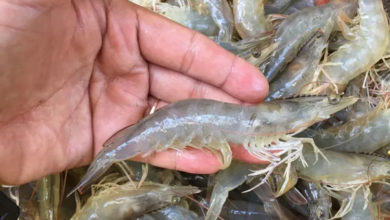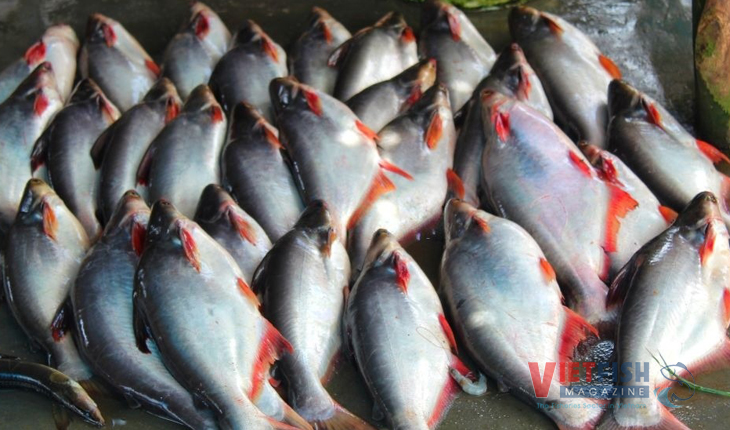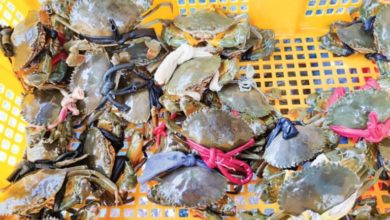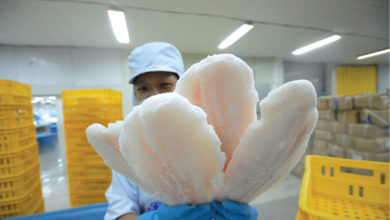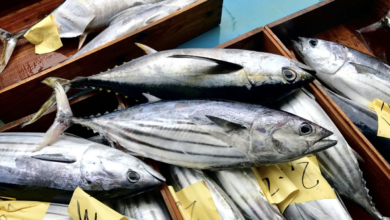Online conference about agricultural product trade between Vietnam and China
The conference was run on last week with an aim to support Vietnam’s companies to connect with potential Chinese importers in the face of difficulties in traditional trade promotion due to the covid-19 pandemic.
The conference covered six sessions of trading, advertising and promoting Vietnamese products with six topics: dried fruits, fresh fruits and vegetables, nuts, dried food, beverages and seafood.
General Director of Trade promotion Department of Ministry of Industry and Trade Vũ Bá Phú recommended that two countries continue to hold online trade conferences to boost companies to grasp opportunities when the pandemic is over. He proposed to develop a B2B e-commerce platform to enhance trade and reduce prices of products offered by companies of the two countries.
Chinese Trade Commissioner in Vietnam Hồ Tỏa Cẩm highly appreciated this online conference and expresses his hope that online conference will be a new and an integral part in commercial transactions between Vietnam and China.
VFM


